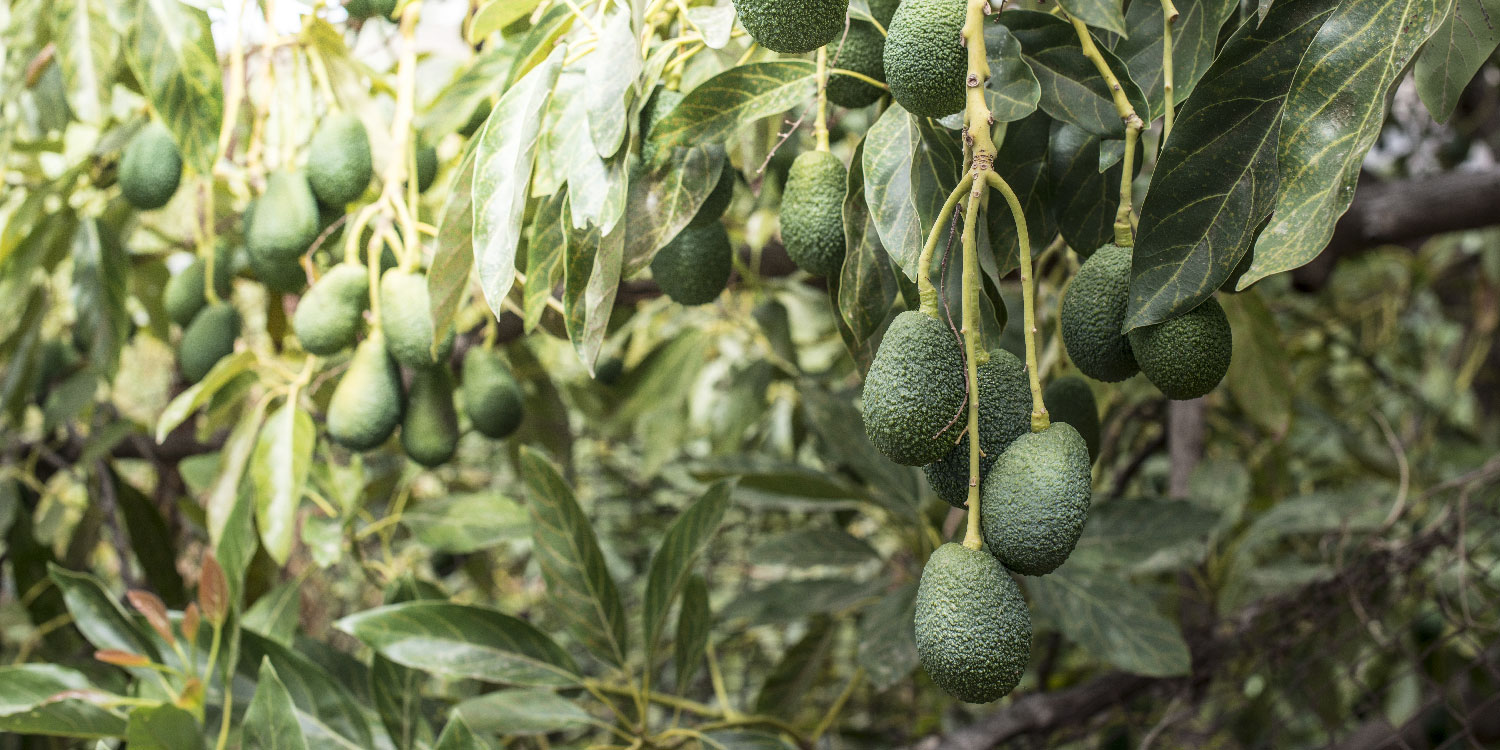
By George Munene
The global demand for avocadoes is projected to double by 2024 according to a report by market watchers Infiniti Research Limited. Coupled with Kenya signing a deal gaining entry into the mammoth Chinese market on 25th April 2019, this makes avocado growing for the export market project as safe lucrative bet as any in farming.
Data from the Avocado Society of Kenya and the Directorate of Horticulture shows that export sales of avocadoes to 42 countries in the first half of 2020 hit a record 58,400 tonnes.
Related News: FarmBiz TV:Intercropping Hass and Fuerte avocadoes can earn more than double yields .
Related News: Fact sheet: reliable Avocado buyers and exporters in Kenya
Despite the momentary cessation of international travel occasioned by Covid-19, the country is projected to have earned Sh8 billion from avocado export. The record half year high is partly attributable to the pandemic, which has led to growing demand for fruits with avocadoes being highly recommended for their high alkaline content.
“The increase also owes to more acreage in the country coming under avocado production and an improvement in the quality of fruit being produced by farmers. The global rise in demand only serves as more good news for our farmers,” says Avocado Society of Kenya Chief Executive Ernest Muthomi.
With declining production in other regions of the world and a growing global demand, the country is tapping into; a four kilogram pack of fuerte avocadoes now fetches Sh1760 up from Sh1100 the previous year.
Related News: How to grow avocados for export
The European Union was Kenya’s biggest buyer of avocadoes at 45,737 tonnes as of June with the Netherlands the leading importer at 16.3million kilograms.
Kenya is the world’s third largest producer of avocadoes and recently overtook South Africa as Africa’s largest avocado exporter.
Write comment (0 Comments)
















